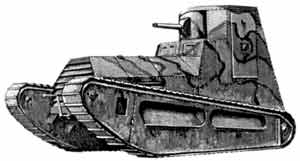Last Edited Companies |
|||||||||||||||||||||||||||||
| FOSTER-MILLER, INC. | |
| BEST GRUP Sav. San. Tic. Ltd. Şti. | |
| Ukrainian radiator plant CRONID | |
| Mechatroniq Systems Inc | |
| Horiba Mira | |
| RoboteX, Inc. | |
| Endeavor Robotics | |
| MacroUSA | |
| Roboteam | |
| General Motors Defense | |
| Milanion LLC | |
| Zhong Tian Zhi Kong Technology Holdings Company | |
| Arquus | |
| Elektroland Defence | |
| FIBERTECH CO., LTD |
Last Article Posts |
|
Armoured SISU 8x8 Fire Truck brings extinguishing operations to new level... (26.04.2015) Posts - 3 |
|
KMDB Has Tested a BAU-23x2 Remote Controlled Weapon Station... (21.03.2015) Posts - 1 |
|
BAE Awarded Contract to Begin AMPV Program... (28.01.2015) Posts - 1 |
|
PROTECTOR MCT-30 unveiling at Eurosatory... (23.06.2014) Posts - 1 |
|
More Foxhound vehicles for British Army... (19.11.2013) Posts - 1 |
Latest Forum Posts |
|
Defense Media Review... Posts - 8 joshtcohen (09:48 10.01.2017) |
|
Mezcal Armored Vehicles... Posts - 2 Mezcal Armored Vehicles (09:16 10.01.2017) |
|
MSPV Armored vehicles... Posts - 1 mspv-armored-vehicles (13:33 14.12.2015) |
|
No Tanks No Thanks: US Army looking towa... Posts - 3 joshtcohen (17:07 01.04.2015) |
|
global armour limited in n ireland... Posts - 2 loner (23:13 15.10.2013) |
| Forums List |



